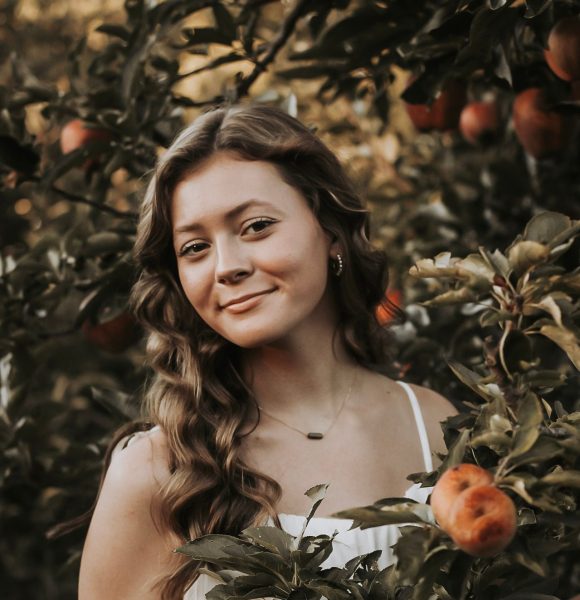Today we live in a world where the images, stories and videos we see may not be factual, or even real. Artificial Intelligence can offer a multitude of opportunities for technological evolution, but with great power comes great responsibility (more on AI on pages 9-12). Without regulations, people can use AI with bad intentions.
AI may be beneficial in certain situations, but when applied to creative works it can fail to add depth–not in a physical sense, but an emotional one. The main reason that people love art is that it has the power to evoke feelings and emotions for the viewer. However, AI renders these beloved aspects obsolete. Paintings, poetry, music and more: all of the skills they involve become less significant when a computer replicates them in less than a minute. AI can often take the human aspect out of those creative works.
Furthermore, while AI can be a tool for inspiration, it can also be used manipulatively. Some people may use this intelligence as a resource to find their words when writing essays, while others may use AI to write their entire paper. Plagiarizing a computer’s work is dishonest, uncreative and deceitful.
The capability of AI is unknown. AI is constantly learning from itself, which is incredibly daunting. In more recent years, AI has been incorporated into more platforms with unlimited usage. The access that the public has to AI is a double-edged sword. Original ideas are hard to find with the probability of them being artificially generated.
Overall, AI is an insanely unique and innovative aspect of our world today, but there are a lot of unknowns that come with it. Within the next few years we could see advancements in almost every field, as the possibilities for AI could potentially extend from writing legal documents to assisting in the medical field.
But one of the most important things to keep in mind is that AI is a tool and it should not be used for creative works. We want to hear human ideas, feelings and emotions, not those manufactured by a robot.

















